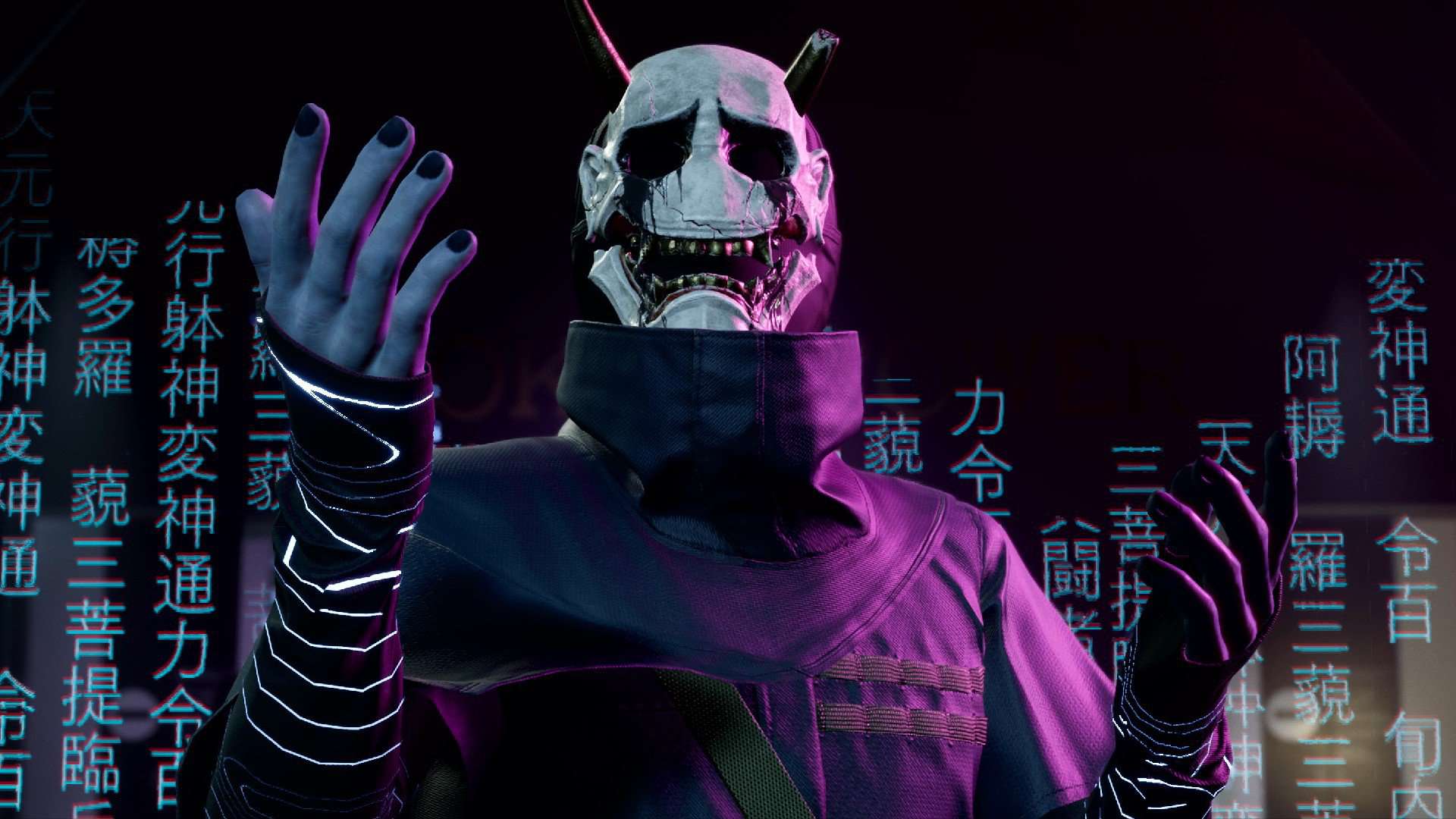Video Gamer is reader-supported. When you buy through links on our site, we may earn an affiliate commission. Prices subject to change. Learn more
Ghostwire: Tokyo is almost upon us. I have been in a state of baffled excitement ever since the first trailer, at E3 2019, with its eerie shots of Tokyo, on a drab afternoon, in which its citizens vanish, without a drop of violence, leaving behind puddles of crumpled clothes. This last week, I have spent many late nights in its streets, and, in the spirit of that trailer’s tagline—“Don’t fear the unknown. Attack it”—I have resolved to shed some light on the unknown first, that you might better prepare yourself for attack. What follows is a list of fevered observations that have struck me while playing. Bear in mind, these have been plucked solely from the first two chapters, but they ought to give you a flavour of the game’s eccentricities.
The Cats

No game that features cats can be called a misuse of one’s time. It is my great pleasure to report that Ghostwire: Tokyo features not just regular cats (the sit-and-stare, slink-and-sidle urban variety) but highly irregular cats. To put it plainly, there are cats here that run small businesses. Given that the setting is Tokyo—a city I’ve not had the pleasure of visiting—this may well be an act of documentary. However, these particular cats possess a number of traits that warrant our scepticism. In ascending order of alarm: (a) they are robed in silk kimonos, (b) they possess two tails, (c) they float behind the counter, lolling on the air, and (d) there is no way they applied for, much less obtained, the appropriate business licence.
The Ethereal Weaving

The meat of the action, in Ghostwire: Tokyo, consists of something called Ethereal Weaving. I would happily employ this phrase to describe a certain celebrated actor, really letting his hair down in the role of Elrond, in The Lord of the Rings movies; but, alas, it refers to a kind of sorcery. Our hero, Akito, is able to harness the power of wind, water, and fire, expelling them from his fingertips and thus soaking, singeing, and ruffling the feathers of his foes. The best part is that, once they have been sufficiently weathered, as it were, their glowing innards are exposed, which are to be lassoed with a crackling cord of orange energy and yanked free. Fear the eco-warrior!
The Ghosts

These are an intriguing horde, culled from a list of archetypes and warped into a kind of sullied originality. We get headless schoolgirls who caper toward you, winding up freewheeling kicks; there are slender men in funereal suits, their faces swathed in grey skin, save for the gaping O of their mouths; and there are women, under waterfalls of dark hair, who drift in a milky haze. When struck, we find them curiously composed of bricklike shards—similar to the aliens of Nex Machina, who would burst into showers of crunchy voxels. It is an odd sight, one that somewhat fragments the mood of dripping horror, but it compliments the PlayStation 5 controller, whose haptics, with their plinky scatter, relish all things fragmented.
The Clothes

Special mention has to be made of Akito’s attire. We get the option to kit him out in chinos, denim jackets, dark-blue waterproofs, skintight sportswear, and much else besides. It is rare, in games, that a character can be variously wardrobed yet remain recognisably himself. Alan Wake, for instance, who sported a black hoodie under a blazer the hue of tired moss, looked thoroughly out of his element clad in plaid and light jeans, as he was in Alan Wake’s American Nightmare. Not so for Akito, for whom any fitting seems fitting. In part, this has to do with those accessories that he opts never to shed: namely, the shadows that leak and waft, like a squid’s ink, from the right side of his face. With an all-season look like that, he can get away with anything—even sandals.
The Weather

One reason that Akito needs so many garbs, of course, is that the Tokyo in which he lives is lashed by a near-constant downpour. This is good news for fans of ray tracing, who will relish the neon as it pools on the pavement. This is good news, also, for everyone else, because it is beautiful. Some cities just suit rain. And, ever since I fell for the Yakuza games, my idea of Tokyo is a city—vertiginous, bustling, awash with banks of glowing signage—that cries out for doomy precipitation. Preferably, the sort that matches the mood of the story, and of the impassive loners that patrol its streets. Whether our protagonist enjoys the wet is another matter, of course; it may turn out that, once his story—call it Akito’s Japanese Nightmare—comes to a close, we are met with a tentative sunrise, as often greeted the heroes of Resident Evil, eager to trace its rays through long, trying nights.
Ghostwire: Tokyo is out on March 25, for PlayStation 5 and PC.

